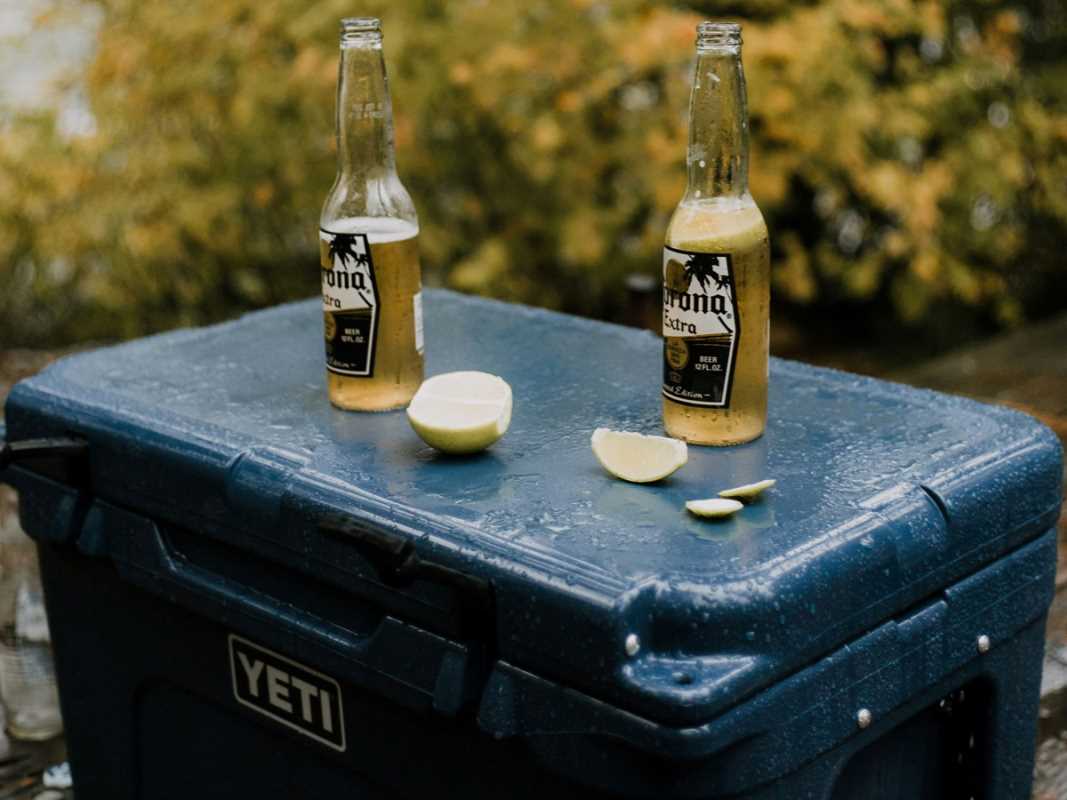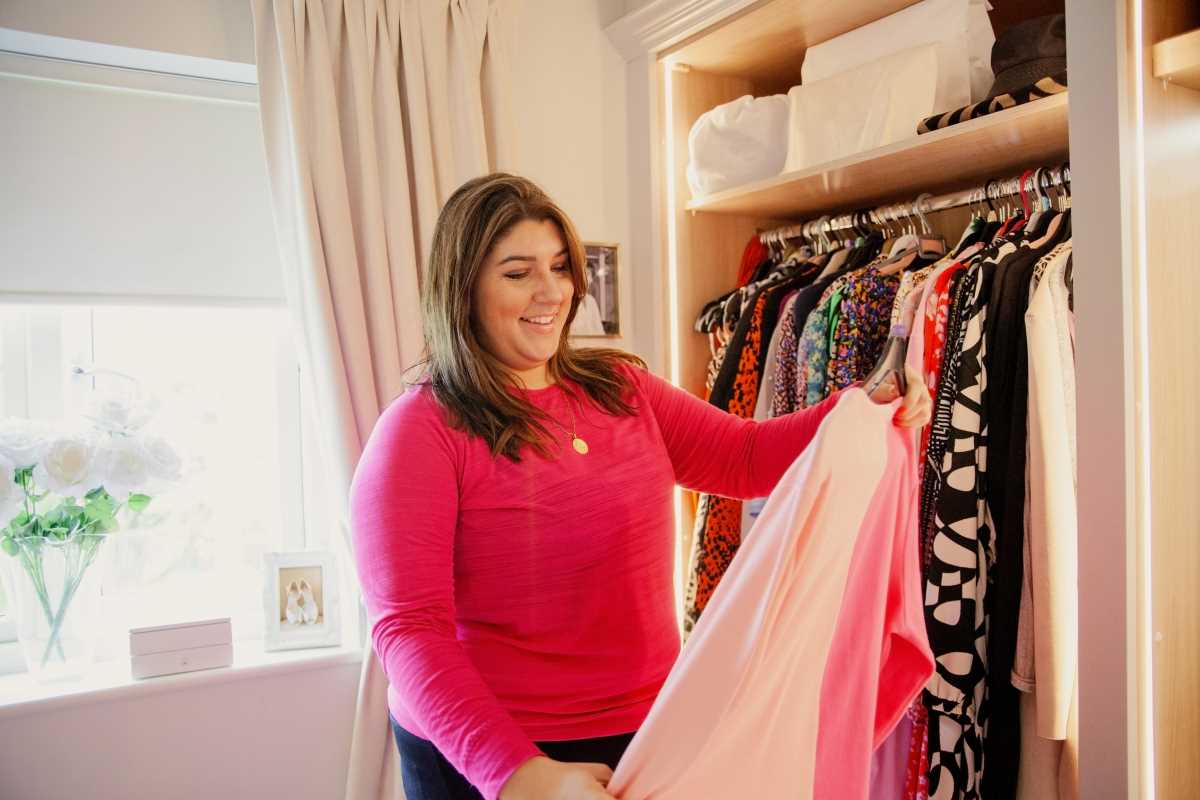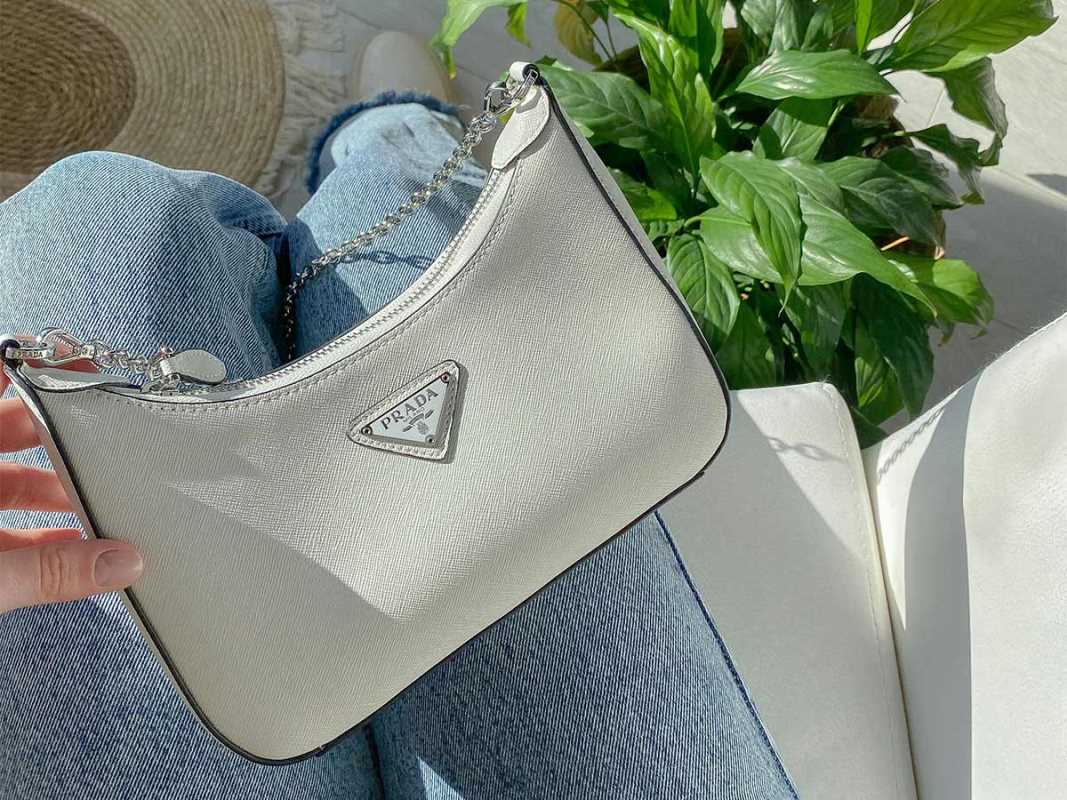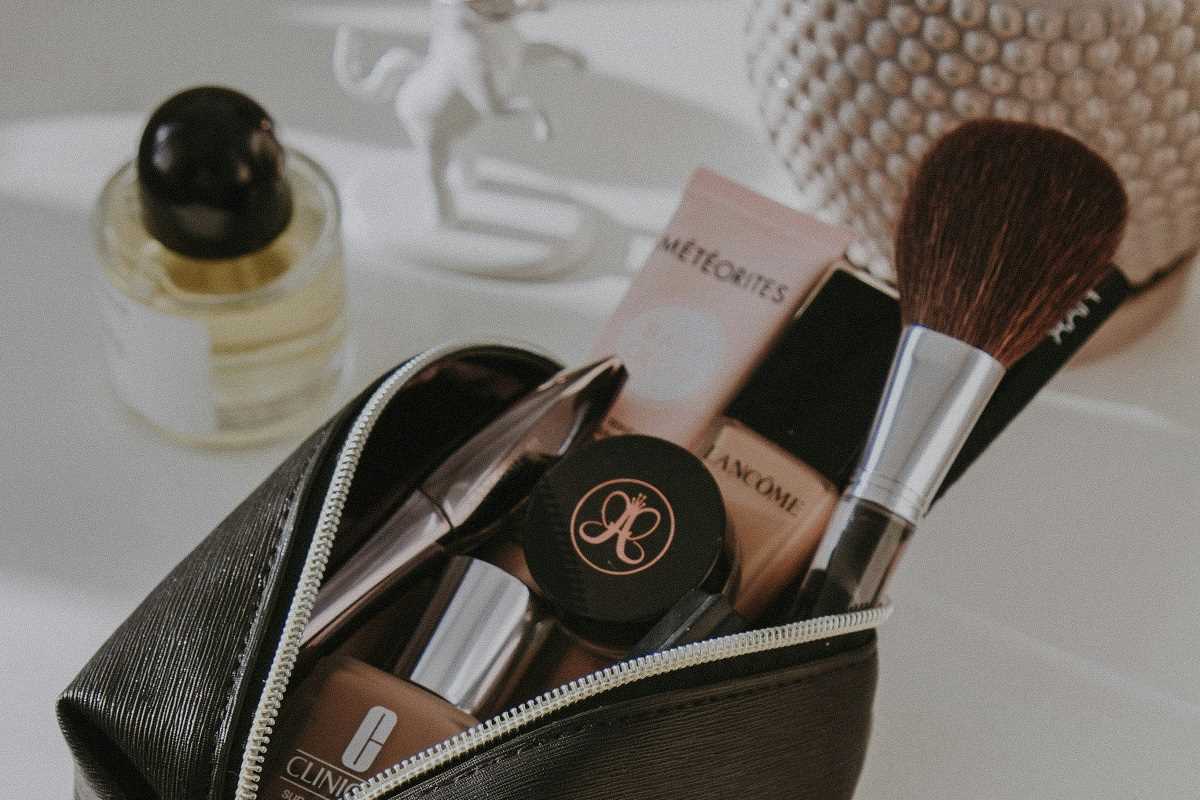Thrifting for vintage treasures can feel like a thrilling treasure hunt. Whether you’re after a funky leather jacket, retro home décor, or timeless jewelry, the thrill lies in finding those high-quality gems hidden on the racks or shelves. But how do you know if something is genuinely valuable and worth bringing home? Some vintage items are just old, while others carry a charm and quality that stand the test of time. By honing your ability to spot these high-quality pieces, you’ll save money and land some incredible finds. This guide will walk you through practical tips and tricks so you can step into your favorite thrift store with confidence and an expert eye.
Know What “High-Quality” Looks Like
Before you even start browsing, it’s worth learning what separates quality vintage pieces from the rest. A key quality of good vintage items is durability. Back in the day, items were often crafted for longevity rather than fast consumption. This goes for everything from clothing to furniture. Look for materials like solid wood, real leather, and natural fabrics like linen or wool.
For clothing, check the seams. Sturdy, evenly stitched seams and hems are signs of good craftsmanship. Developers of older garments often used techniques like French seams or double stitching, which are stronger and more reliable. Flimsy seams that look jagged or messy suggest the item was cheaply constructed.
When it comes to furniture, give it a wiggle. Solid, well-made pieces won’t feel loose or rickety. Dovetail joints, which seamlessly connect pieces of wood, are another sign of quality. Avoid furniture where laminate or veneer peels, as these are usually poorly made items posing as vintage.
Check for Labels and Tags
Labels and tags can tell you a lot about an item’s age and quality. For vintage clothing, look for brands or manufacturers that are no longer in business or have undergone major style changes over the decades. A label that says “Made in USA” is often a hint that the piece was made before manufacturing shifted overseas during the 1980s and 1990s.
With designer pieces, research is your best friend. Learn to recognize old logos or tag designs from particular brands. For example, vintage Coach bags have a distinct creed and serial number stamped inside. These small details can verify authenticity and demand.
Look for Natural Wear, Not Damage
It’s common for vintage pieces to show signs of wear. After all, they’ve been around for decades! But there’s a difference between charming patina and outright damage. For instance, a leather jacket that’s softened over time or a wooden dresser with a few light scratches can enhance the piece’s character. But watch out for clothing with large stains, moth holes, or missing closures. For furniture, avoid items with deep structural issues, like water damage or cracks in the wood.
Always ask yourself, “Can I fix or clean this without too much effort?” Some issues, like a stuck zipper or a light scuff, are easy to repair. Extensive problems might cost more to fix than they’re worth.
Pay Attention to Fabric and Material
A lot of vintage clothing holds up over time because it’s made from high-quality natural fabrics like cotton, silk, linen, or wool. These materials tend to wear better than synthetic fabrics like polyester or rayon, which can weaken and pill over time. Feel the fabric as you shop. High-quality materials should feel substantial, not cheap or flimsy.
For home goods or décor, keep an eye out for solid materials like glass, brass, or wood. For example, glass dishes or décor items will have a weightiness that cheap plastic cannot replicate. Similarly, solid brass has a gorgeous warm patina, while cheap metal often chips or rusts.
Spotting Rare Finds
Sometimes, your trip to the thrift store might land you a rare piece worth far more than its price tag. To increase your chances of finding these gems, educate yourself about classic vintage styles and brands. For example:
- Clothing: Look for denim from brands like Levi’s, particularly the “Big E” tags from their older designs. Vintage band T-shirts from the 70s or 80s can also carry high resale value.
- Jewelry: Seek out costume jewelry from iconic makers like Trifari or Miriam Haskell. Check for marks or stamps to verify authenticity.
- Furniture: Mid-century modern furniture makers like Eames or Knoll are always worth keeping an eye out for.
Even if you aren’t searching for rare finds, knowing these iconic names can add value to your thrifting adventures.
Trust Your Instincts
At the end of the day, if you find something you really love, it’s a good thrift. Trust your gut. Vintage shopping is about finding items that spark joy and reflect your unique style. Even if an item isn’t in perfect shape, it may be the perfect addition to your wardrobe or home. Thrifting success is about finding pieces that feel special to you rather than just value. Keep in mind you can remix thrifted finds by mix and matching styles or getting a little DIY.
Thrifting Tips for Beginners
If you’re new to thrifting, these tips will help you maximize your experience:
- Go Early and Often. Thrift stores restock regularly but don’t announce when, so going frequently increases your chances of snagging prime finds.
- Learn to Bargain. Some thrift shops allow haggling on items, especially mom-and-pop stores. Don’t overdo it, but politely asking for a discount on damaged items won’t hurt.
- Bring a Flashlight. Thrift stores can be dimly lit, and a flashlight makes it easier to inspect pieces thoroughly.
- Be Patient. Great finds sometimes take time and persistence. Don’t get discouraged if you strike out on the first visit.
Armed with these tips, you’re ready to hit the racks and shelves with confidence.
 (Image via
(Image via





